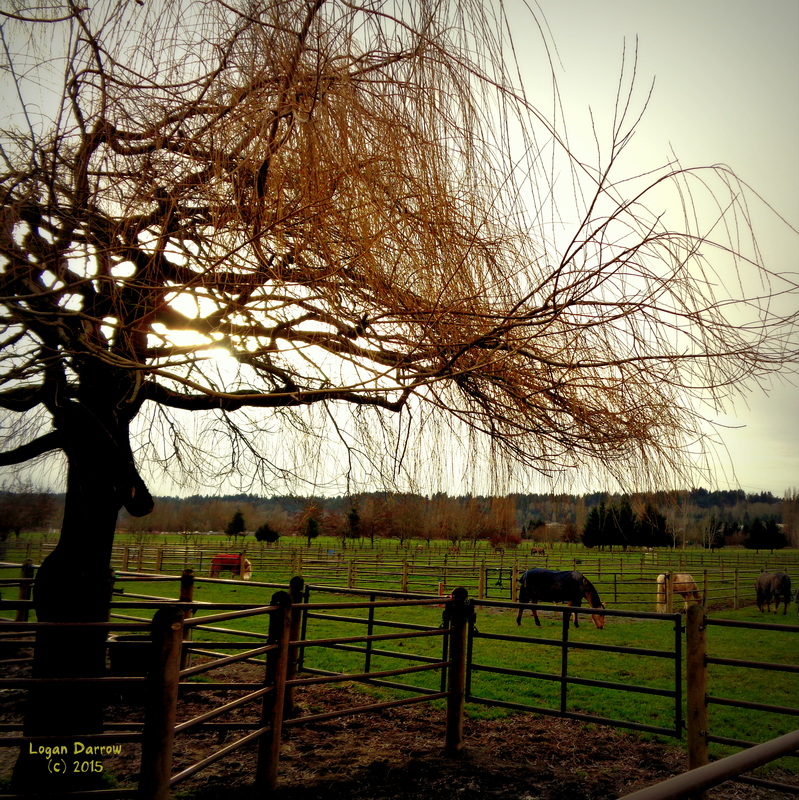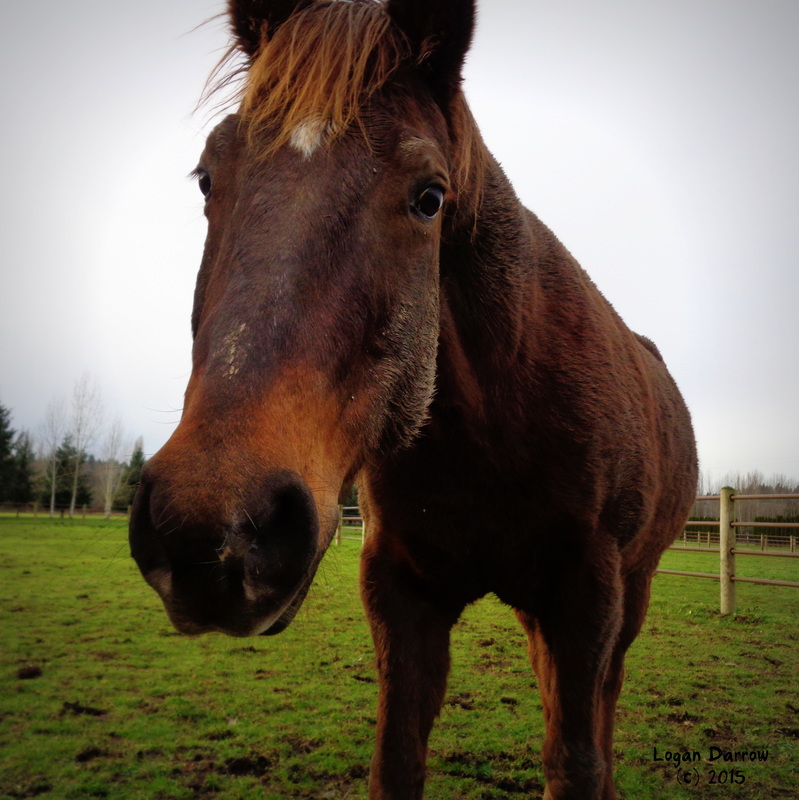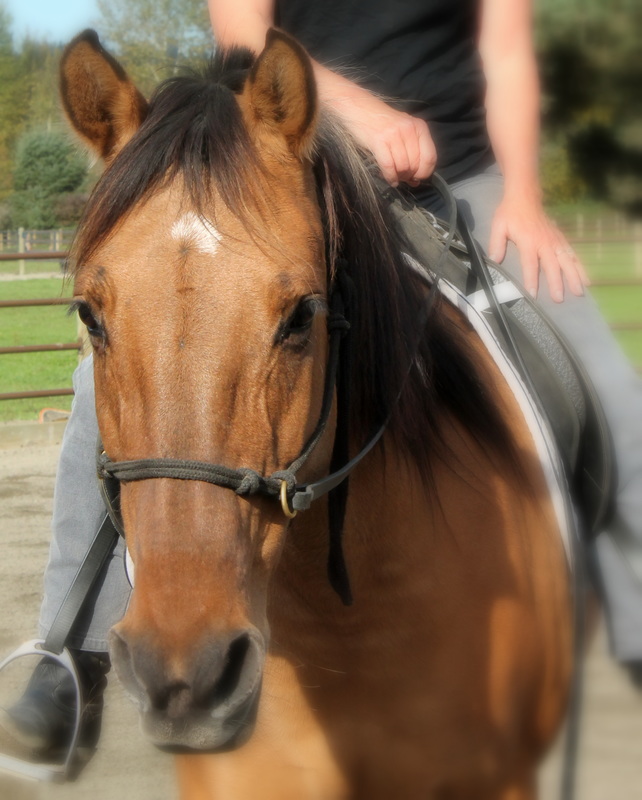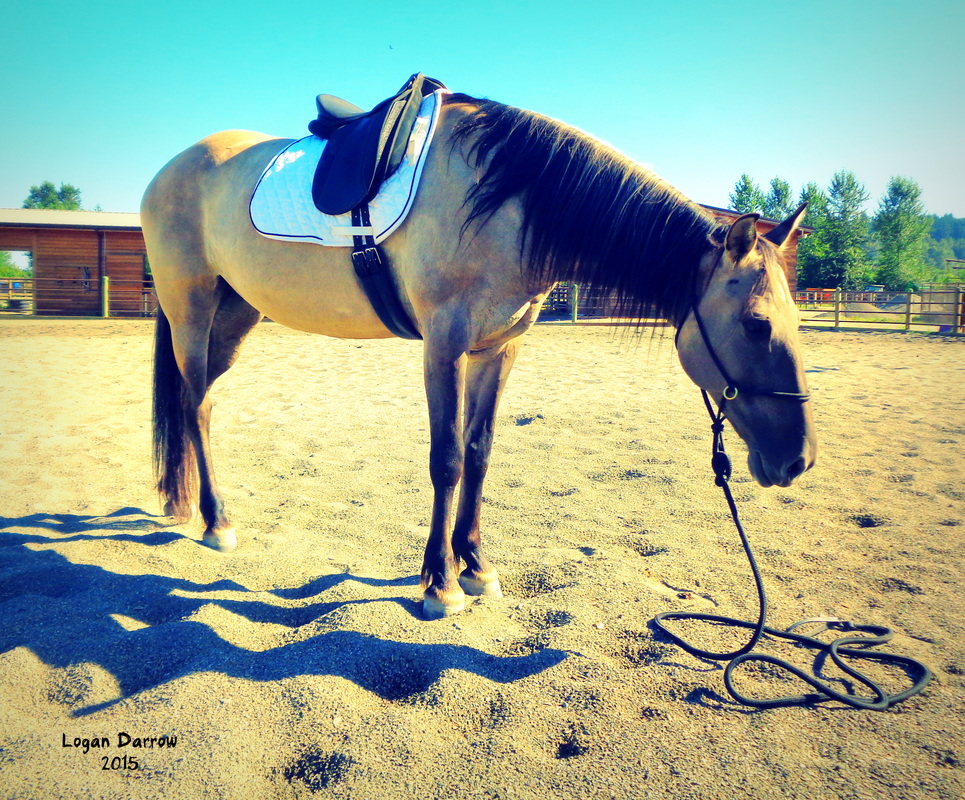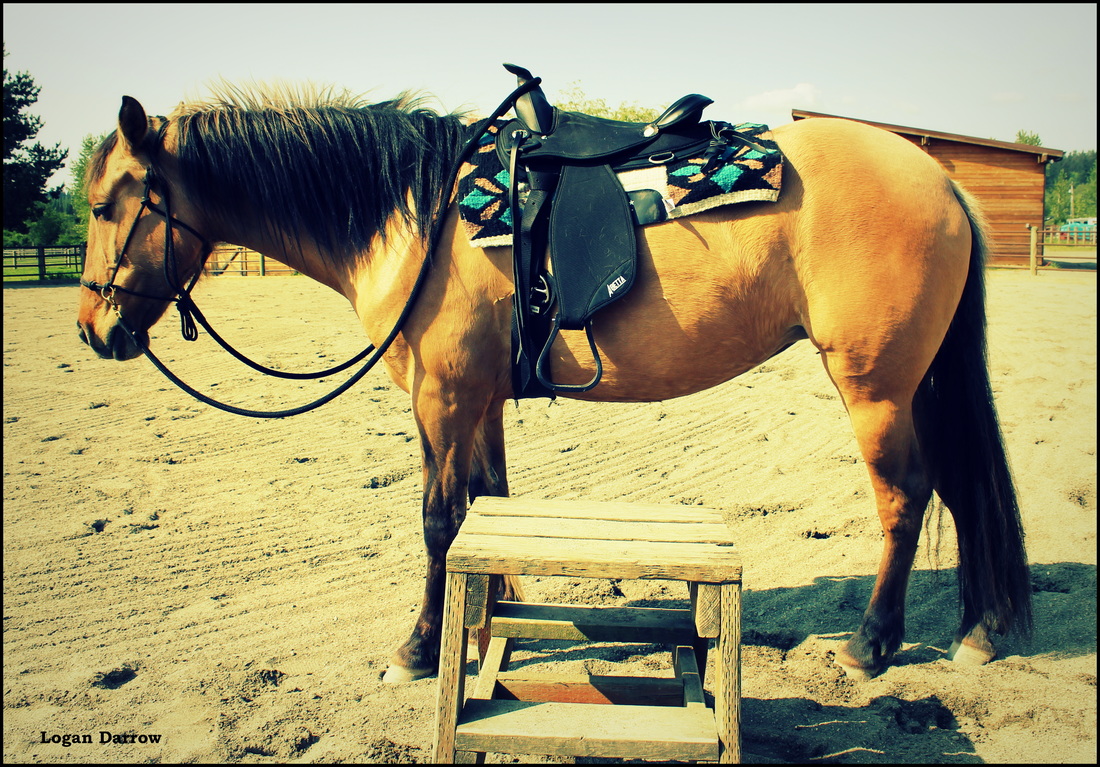A MUST READ for horse lovers!By Dr. Stephen Peters & Martin Black What happens when you pair up one of America’s most talented horsemen with a neuroscientist who is an expert on the structure and working of the equine brain? You get a book that is a must-read for anyone who wants to understand horses better. This is a true source of real information, validated by science, written to help anyone who loves these wonderful animals that share our lives. If you’re looking for “best practices” in horse training, this is it: empirical evidence proven to work in actual practice, not just theory. Because this is primarily a science book, I thought it might be a text book over my head, but not at all. Dr Stephen Peters’ chapters about how the horse’s brain works are clearly written. Martin Black’s contributions discuss real life situations gleaned from his decades of hands on experience starting hundreds of horses. Numerous photographs contribute to the content and there is a glossary to help with the scientific terminology. Dr. Peters starts out by describing how the equine brain develops, and how different stages of development should be taken into account in our intereactions. For example, from birth to age two, horses have an attention span comparable to that of a young child, therefore long training sessions would not be beneficial, instead short and simple sessions work better. Something important we need to know is how human and equine brains are similar, and how they are different. The basic building blocks at the molecular level are similar in all mammals, but human beings have a much larger and more advanced frontal lobe, which means we can perform abstract thinking, deductive reasoning, planning for the future, and multi-tasking; all things that horses are unable to do. Rather, horses are comfortable learning motor patterns and responses. Simply put, humans are a "thinking and reasoning" species, and horses are a "sensory and moving" species, which makes sense when we remember that they are prey animals and their survival depends on how fast they can sense danger and move their feet to escape. "Horses are horses and behave as horses should. They have no alternative. It's humans who decide to label certain of these behaviors as stubborn, lazy, or sour." Dr. Stephen Peters One thing that Evidence Based Horsemanship is NOT is a specific methodology or training method, there is no special equipment to buy; it is knowledge that can be added to whatever discipline you follow with your horse; English, Western, dressage, eventing, trail riding etc. "In training situations, chronic states of stress and conflict increasingly emerge when an association between what we are asking of the horse and what is expected is not clear enough for the horse to understand. It is within this framework that most so-called problem horses develop." Dr. Stephen Peters Also included in the book is a description and discussion of the horse's senses, how they are processed through the brain, with practical advice on how to use this information in training and riding. Horses are highly sensitive animals, but unlike us, they have no hands to explore the objects they come into contact with. This is why, for example, horses' whiskers should not be shaved off their muzzles - they are not like human whiskers, they are actually sensory organs that horses need, and cutting them off would be like cutting off our own fingers! "Horses are extremely forgiving and they want to be comfortable. Once they can get confident that they can avoid trouble or that we will not get them in trouble, then they will be in a good frame of mind and easier to work with." Martin Black One of the most interesting chapters in the book; "The Physiological Bases of Learning and Memory in Training," discusses the different types of learning, how horses learn, what is already hardwired, and how repetition works in training. Finally, the authors discuss the physical problems of horse management that result from them being removed from their natural way of life; stabling, feeding, blanketing etc. "We can look at horses confined and on rich diets and see problems with their neurological system, digestive system, skeletal system, and soundness issues. We do not see these problems in horses not confined and on moderate diet. We can learn that too much caring is not always the best care for the horse." Martin Black About Dr. Stephen Peters: Dr. Stephen Peters is a board-certified neuropsychologist with Utah Valley Regional Medical Center, specializing in brain functioning. As a neuroscientist and horse brain researcher, he has given numerous presentations and regularly performs horse brain dissections for those eager to learn tangible specifics of equine neuro-anatomy. About Martin Black: Martin Black is a fifth-generation horseman and rancher who grew up starting colts and handling cattle on the open range. His unique early life experience prepared him for a management position on one of the largest ranches in the Great Basin by his late 20s. After his management stint at the ranch, he spent 15 years operating a contract-based colt starting business—he’d start as many as 500 colts a year, running the gamut from mustangs to million-dollar racehorses. Over time, his practice evolved as he began to focus on helping people throughout the world, across all disciplines and breeds, though his clinics.
1 Comment
Madlen Gauderon
12/4/2016 02:51:55 am
wow Logan .thank you for the article.on my equine Behaviour course we have just this week been discussing what could help to bring a holistic approach to Horsetraing to the broder audience .namely also people witout accademic background .and one of the things i sayd was that accademics and Good Horsepeople need to come togethar.cant wait to read this book!
Reply
Your comment will be posted after it is approved.
Leave a Reply. |
Your email address will be kept private.
Email me directly at
[email protected] 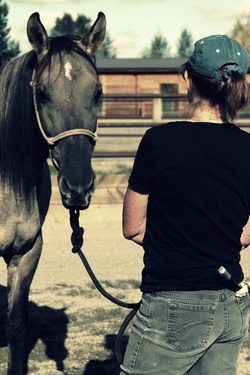
Archives
September 2018
Categories
All
|
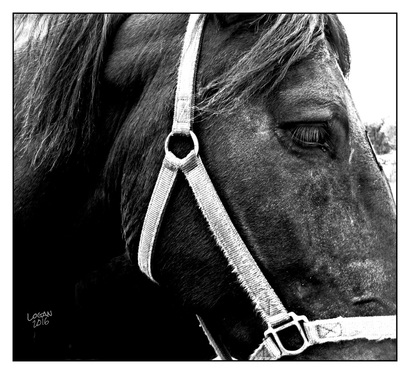
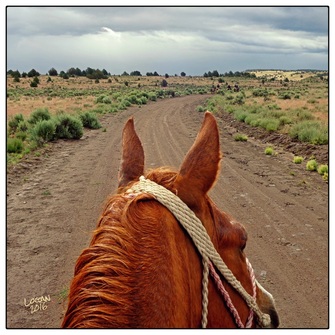
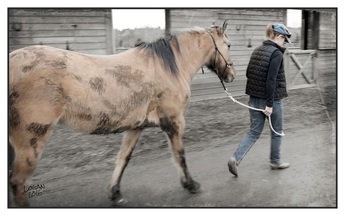
 RSS Feed
RSS Feed
